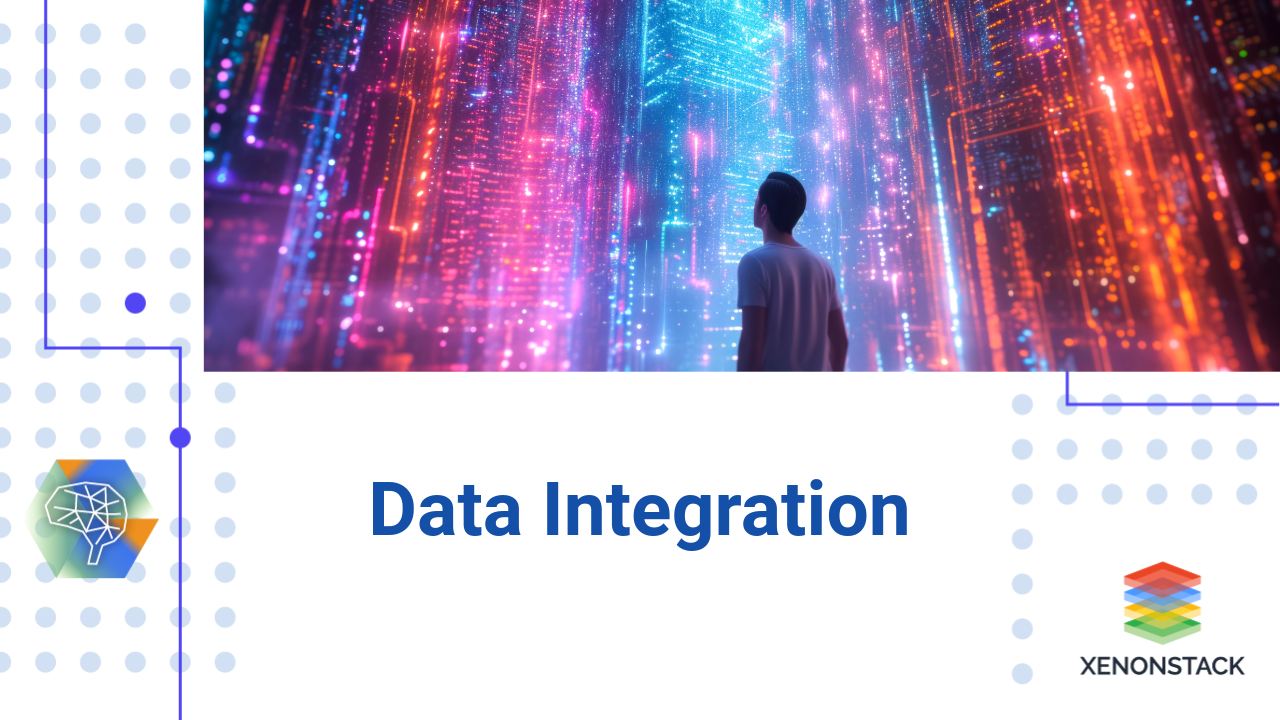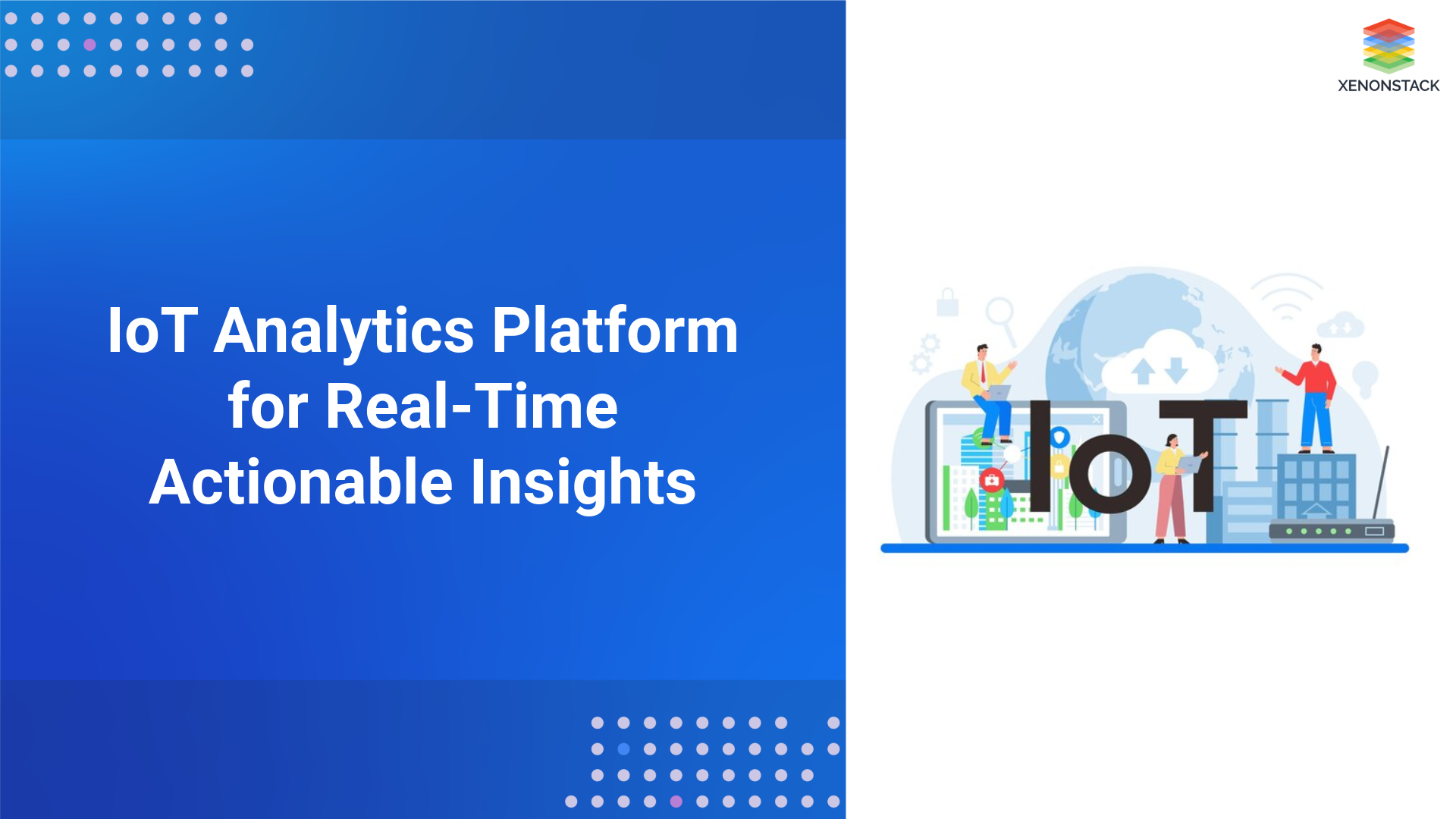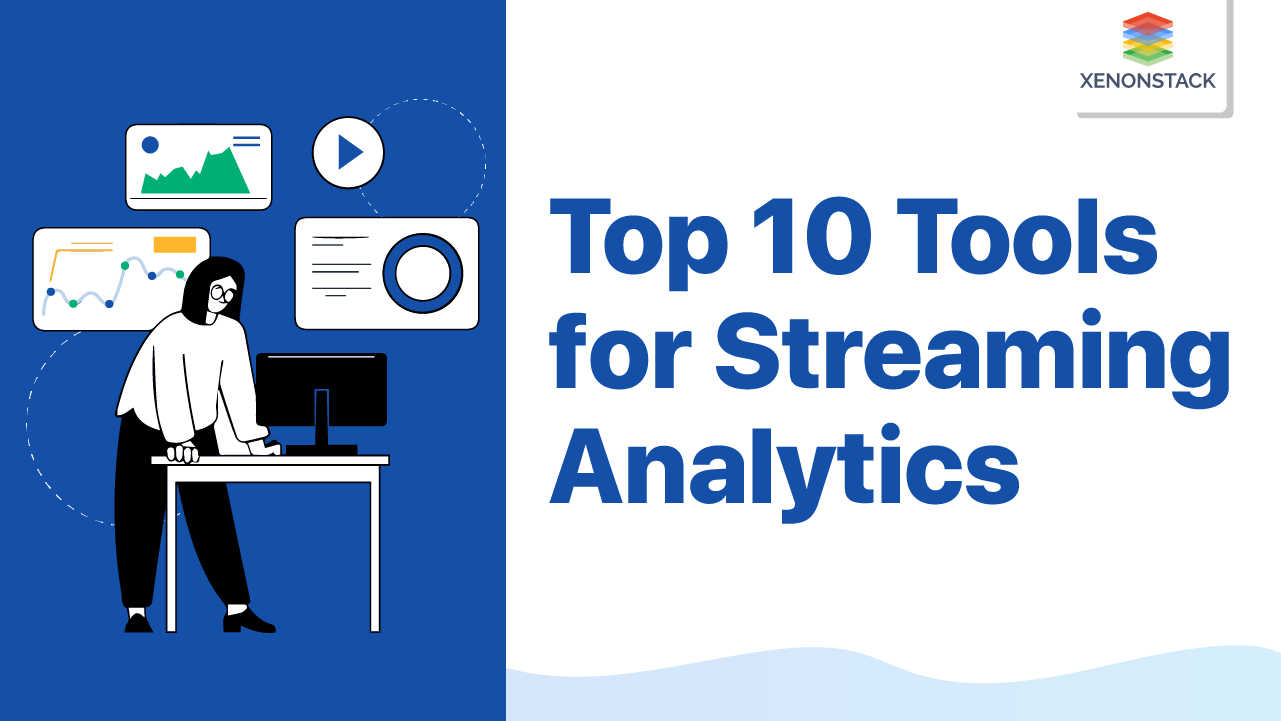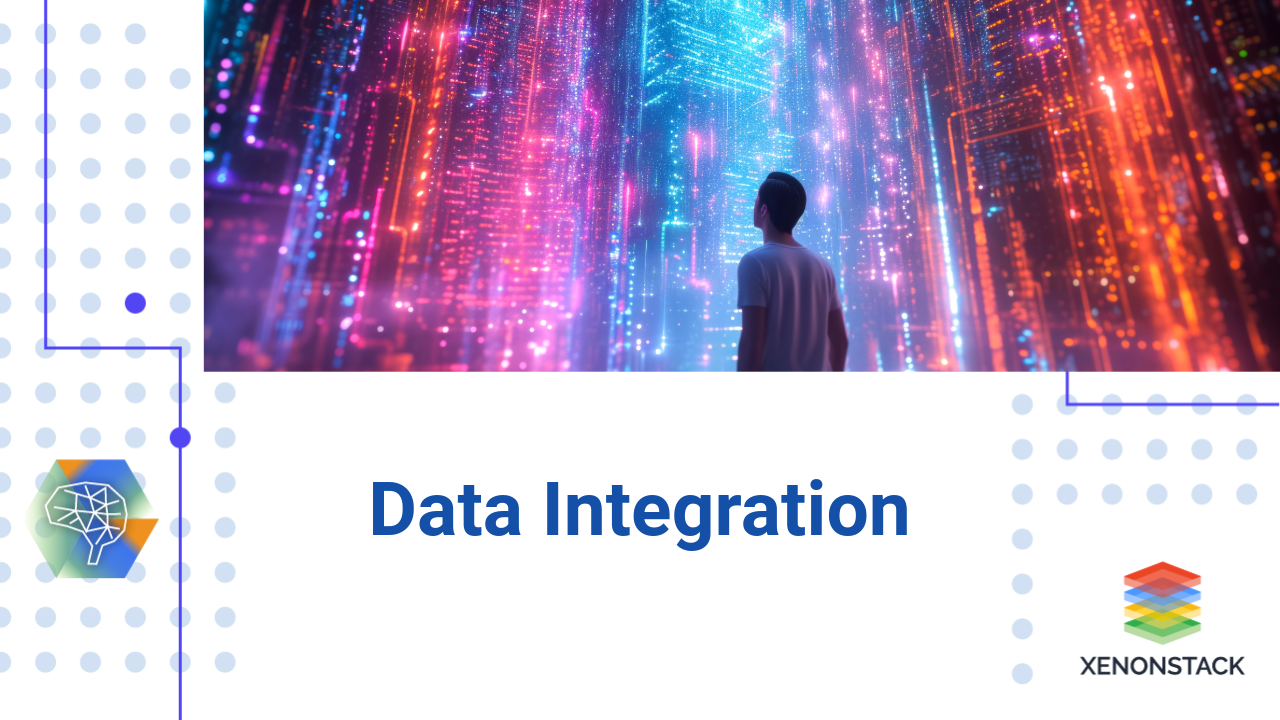
It is collecting and combining data from various resources. It provides a unified structure or view of the combined data to manipulate operations, perform analytics, and build statistics. Integration is the initial step towards transforming data into more descriptive and critical data. There are mainly two types:
Enterprise Data Integration (EDI)
Technological instructions help us manipulate data across two or more data sets. As the name suggests, it typically involves acquiring data from diverse business systems and crunching it to perform various management activities and business intelligence reports.
Customer Data Integration (CDI)
For a business organization to be successful, its main motive must be satisfying customers and understanding their needs and preferences. With the humongous amount of data already available, it is pretty obvious to assume that there is marginal difficulty accessing and operating on the data at a much faster pace.
CDI is the process of collecting and manipulating customer data from numerous sources and framing it in a unified way so that it is easy to share among every member of the business organization that deals with customers. Predictive Insight, Improved Customer Service, and loyal customers are some of the benefits of CDI.
Why is Data Integration Important?
With the increasing volume of data collected through various sources and at a much faster velocity every day, it is very clear that Data is and has been the most valuable possession. The businesses are keen on implementing various strategies to utilize the data to complete applications as soon as possible. Still, the real question is how efficiently that can be done. So, let's understand what it means-
The problem with such an immense quantity of Data is also quite extensive. According to an online survey by Experian, thewhir.com, and others, nearly 60% of companies today lack a properly functioning business strategy, resulting in catastrophic effects. It solves this issue effectively by providing a real-time view and analysis of the data, thus collecting various targets.
-
It helps in reducing the Complexity of Data
-
Increases the value of data crunched through unified systems
-
Centralizing the data, i.e., making it more valuable and easy to use
-
Collaborations make it easier for various business systems to collaborate.
-
Make Smarter Business Decisions.
-
Improves the communication between different departments under the hood
-
Secures your data live by keeping information timely and up-to-date
-
Better customer experience
Best Tools for Data Integration
Undoubtedly, the demand for data integration arises from complex data centre environments where multiple systems are creating large volumes of data. One must understand the data in accumulation rather than isolation. It is a technique and technology that provides a unified and consistent view of enterprise-wide data. There are numerous tools available in the market that would help us query the Data effectively since our data will not integrate itself.
We have some Open-Source, Cloud-based, and On-premises tools. The best tool to choose depends on the requirements, platform, and data type that particular business organizations are likely to use.
According to recent search results, some of the best data integration tools for 2023 include:
-
Hevo Data
-
Dell Boomi
-
Informatica PowerCenter
-
Talend
-
Pentaho
-
Informatica Cloud
-
MuleSoft Anypoint Platform
-
Oracle Data Integrator (ODI)
-
IBM InfoSphere DataStage
-
Fivetran
What are the main challenges in data integration?
Implementing data integration tools may pose several challenges, including:
-
Varied Data Formats and Sources: Businesses collect data from diverse applications and sources, leading to inconsistent formats and structures.
-
Data Availability: Ensuring timely access to data where needed can be challenging.
-
Data Quality Concerns: Inconsistent definitions, lack of validation mechanisms, and poor data cleansing practices hinder quality improvements.
-
Escalating Data Volumes: Managing extensive daily data generation complicates integration, demanding more resources.
-
Diverse Data Sources: Integrating structured and unstructured data from multiple origins complicates the process.
-
Hybrid Environments: Integrating data across cloud-based and on-premises systems adds complexity.
-
Consistency Issues: Maintaining data consistency across various formats and sources is challenging.
-
Complex Implementation: Data integration tool implementation requires meticulous planning, mapping, and cleansing for accuracy and reliability.
Data Integration Methods: ELT, ETL, and Others
Several data integration methods exist, each offering distinct advantages depending on an organization's specific needs, technology infrastructure, performance goals, and budget. Below, we explore the most common approaches and their respective benefits.
Extract, Load, Transform (ELT)
ELT is a data integration method where data is first extracted from its source, then loaded into a data warehouse or database, and finally transformed into a usable format. The transformation typically includes processes like data cleaning, aggregation, and summarization.
ELT is commonly used in big data projects and real-time processing scenarios, where speed, scalability, and large data volumes are priorities. This approach leverages the computational power of modern storage systems, allowing for faster processing and more flexible data management compared to traditional methods. Because transformation occurs after data is loaded, ELT will enable organizations to capitalize on the scalability of their storage systems for complex operations.
Extract, Transform, Load (ETL)
In contrast, ETL involves extracting data from a source, transforming it into the desired format, and loading it into a storage system. The transformation step typically occurs in a separate staging area before the data is loaded into its final repository. ETL is often preferred when data quality and consistency are critical. By performing data transformation outside the primary storage system, ETL allows for rigorous data cleaning, validation, and enrichment before loading, which ensures that only accurate and well-structured data is stored.
Real-Time Data Integration
Real-time data integration captures and processes data as it becomes available in the source system and immediately integrates it into the target system. This method is ideal for scenarios requiring up-to-the-minute insights, such as real-time analytics, fraud detection, or monitoring.
A key technique for real-time integration is Change Data Capture (CDC), which tracks changes made to data in source systems and applies those updates to the data warehouse or other repositories. This ensures the data remains current across systems and can be integrated seamlessly into different processes, such as ETL or streaming analytics.
Application Integration (API)
Application integration involves linking different software systems through APIs to ensure smooth data flow and interoperability. This approach is used when various applications need to share and synchronize data, such as keeping the HR system and finance system in sync.
Data Virtualization
Data virtualization creates a virtual layer that provides a unified view of data from multiple sources, regardless of where the data is physically stored. This method enables on-demand access to integrated data without physically moving it. Data virtualization is ideal when agility and real-time access to data are essential, as it allows users to query data across systems without replicating it.
Federated Data Integration
With federated integration, data remains in its source system, and queries are executed across disparate systems to retrieve the necessary information in real-time. This approach avoids data duplication and physical movement of data, making it a suitable option when the integration needs to be non-intrusive and when real-time access to data is essential. However, federated integration can face performance challenges due to the need to query multiple systems simultaneously
Benefits of Data Integration
The whole data management system has a nucleus called data integration. It is essential to achieving any expected result. If any system follows the discussed methodologies, it is expected to reap numerous fruitful benefits.
The advantages of data integration are vast and impactful, contributing to enhanced business operations and decision-making. These benefits encompass:
-
Enhanced Data Quality: Integrating data ensures consistency and accuracy, elevating its reliability for analysis and informed decisions.
-
Cost Efficiency: Data integration reduces operational expenses and minimizes manual data handling by automating tasks and refining processes.
-
Improved Decision-Making and Collaboration: Integrated data offers a comprehensive business view, fostering informed decisions and interdepartmental collaboration.
-
Operational Efficiency: Streamlined data access and processing via integration enhance operational productivity.
-
Enhanced Customer Experiences: Integrated data provides insights into customer needs, leading to better experiences and tailored services.
-
Revenue Opportunities: Unveiling new opportunities and market insights drives new revenue streams and business expansion.
-
Data Accessibility and Security: Integrated data offers improved accessibility for analysis and reporting and centralized management for enhanced security.
Use cases of Data Integration
The use cases of it are defined below:
Data Mining
We operate on the existing data from the database and try to bring out all the necessary information from that raw data, such as data mining. The pre-processor to fetch data from multiple distributed sources is called Data Integration. Then, these are stored in a structured manner using that database. There are two approaches to it, namely Coupling.
The data warehouse is assumed to be an interface that retrieves information using the ETL(Extract, Transform, and Load) operations from multiple targets into a single centralized location. Loose Coupling - A predefined interface is provided that manipulates and transforms queries so that the root storage can understand and ensure no temporary storage is done. Everything acts in the source database only.
Data Warehousing
It is one of the significant aspects of Data Warehousing. At the highest level, data warehousing is nothing but innovation, manipulation, and mapping practices that match the correct set of requested data with the data to be forwarded as a response to the end-user. ETL(Extract, Transform, and Load) is a significant data integration component in data warehousing.
The most well-known implementation of data warehousing is building a data warehouse for the enterprise. The data warehouse is all about internal operations. However, the constraint is that all the integration operations and management are entirely external to the organization. To bring them as a collective unit without any redundancy, we can use it as a local-as-a-view approach. Each table in the database is used as a globally defined source for a corporate view.
Business Intelligence(BI)
Business Intelligence (BI) is the set of operations done to extract useful information from the raw data available. BI facilitates data integration by centralizing, contextualizing, and enhancing data quality, streamlining the data-gathering process, and ultimately improving organisational decision-making. Additionally, it supports developing better communication to collaborate effectively and provides decision-making pointers for better outcomes. First, the data is collected and integrated with the data warehouse, which is used for various manipulations.
The valuable data obtained is held under multiple BI tools to support the data analysis. Consider BI Tools as Decision support systems (DSS) tools, allowing business members to analyse and extract useful information. Sometimes, it gets complicated as one would feel that everything is the same and there's no key difference in its impact on mining, warehouse, and business intelligence. The critical link among these is that for everything to work out efficiently, the top priority is it.
Actions for Data Integration
Unlock the full potential of your data—speak with an expert today to discover how seamless data integration can drive smarter, more efficient decisions


